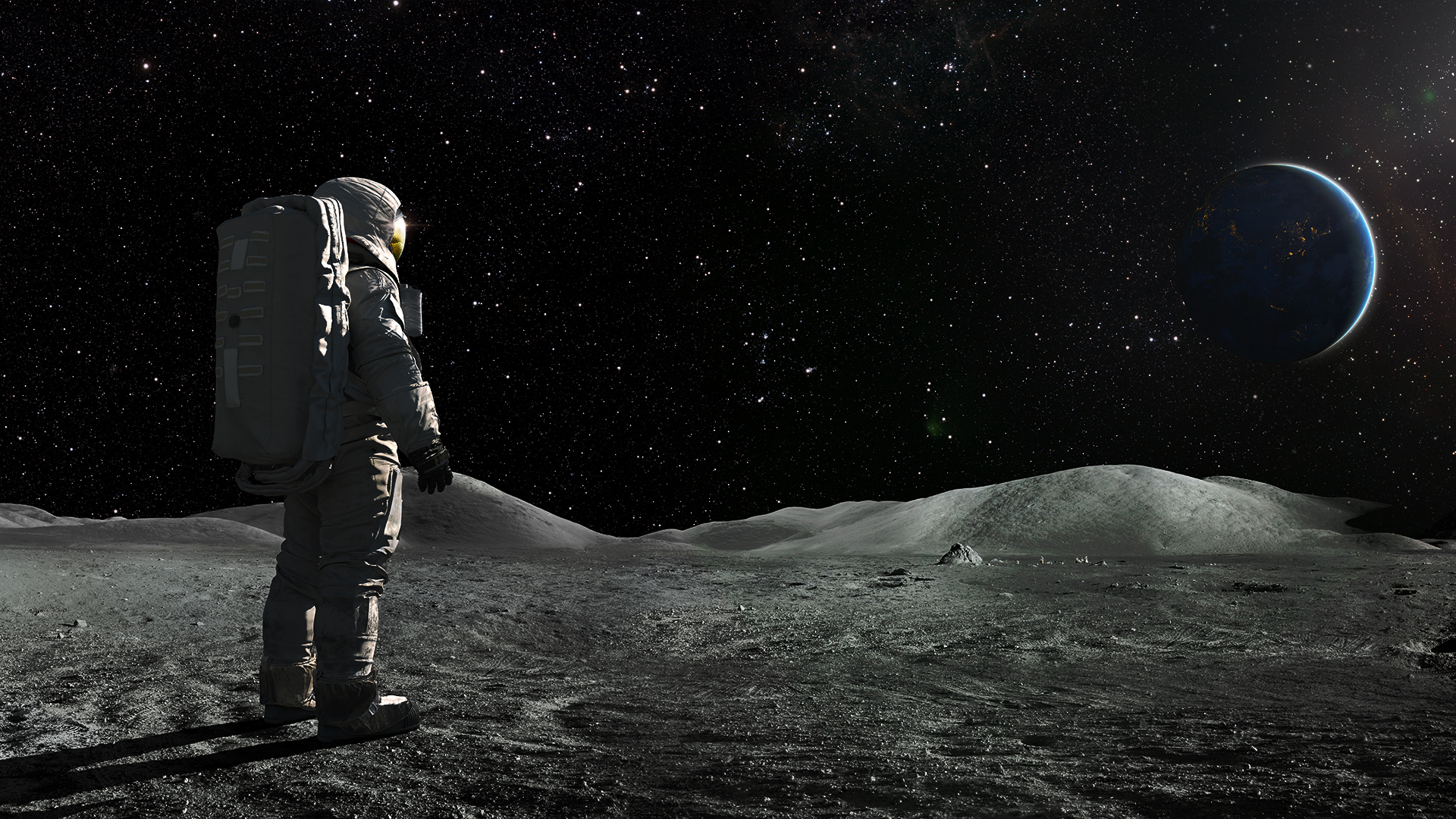
Artemis Missions: The Hunt for the Moon
Netra Prakash
31 May, 2023
Artemis II: this NASA mission has been all the rage lately, taking the scientific world by storm. So, what does the mission entail? What makes it stand out from NASA’s innumerable other endeavors? And why should it matter to us?
Let’s begin with a basic understanding of this venture. Artemis II is the second space exploration mission of NASA’s Artemis program, the first to be manned. It will fly a crew of four astronauts around the moon and back in ten days. How?
- Like its predecessor, Artemis II will take off from the Kennedy Space Center in the Orion spacecraft, propelled by the Space Launch System, the most powerful rocket ever built.
- Once detached from the rocket, the spacecraft will enter a 24-hour, low-Earth orbit for systems checks.
- It will then be thrust into a high-Earth orbit by NASA’s Interim Cryogenic Propulsion Stage (a single-engine system providing in-space propulsion).
- After a second, 42-hour systems check, the European Service Module (ESA’s contribution to the mission) will give Orion its final push towards the Moon.
- Over the remaining four days, the Orion will perform a lunar flyby, wherein it will travel more than 8889 kilometers beyond the Moon.
- Finally, the Orion will be pulled naturally back down to land by the Earth’s gravitational field.
We can all eagerly anticipate the mission’s launch in November next year, especially due to its pioneering initiatives: the Orion’s crew includes the first person of color, and first woman to participate in a lunar mission. “If we’re not taking contributions from every single person with the talent ready to share it,” says astronaut Christina Koch, “then we’re not truly answering humanity’s call to explore.” Furthermore, this expedition will be the first to transport humans to the moon’s vicinity since 1972.
The greatest thing about the journey, though, is what it bodes for the future. Why is NASA undertaking the Artemis II mission? “Because we want to see humans on Mars,” answers Commander Reid Wiseman.
The Artemis II will pave the way for Artemis III in 2025, which will land a woman and a person of color on the moon’s surface for the first time in history. Artemis III will send humans to the unexplored area around the moon’s South Pole. While extreme conditions make this a difficult region for humans to traverse, the South Pole shows potential for groundbreaking scientific discoveries. The astronauts will establish the first long-term presence on the moon, both on the Gateway (a space station which will orbit the moon), as well as in an Artemis Base Camp on the moon’s surface. Finally, using the lessons learned and resources gained from their trip to the moon, NASA’s astronauts can set their sights beyond this celestial body… all the way to Mars!
The benefits of Artemis II to humanity are multifold. The first moon landing in 50 years, the discovery and gain of lunar assets (including the lunar surface itself), and eventually, the chance to settle on a whole new planet! With our planet facing a climate crisis, the opportunities gifted to us by the Artemis missions could be our moonshots: both figuratively and literally.
